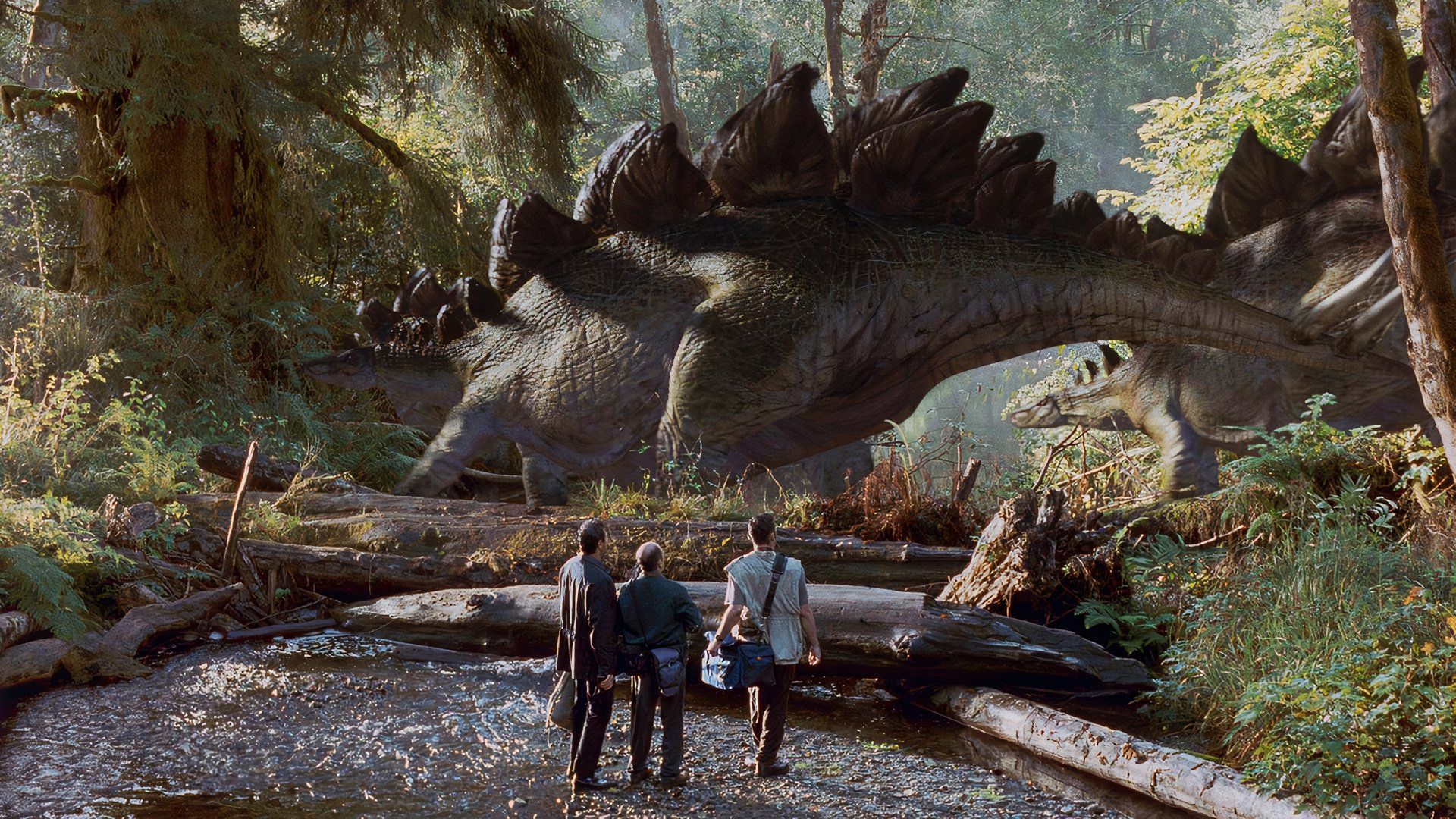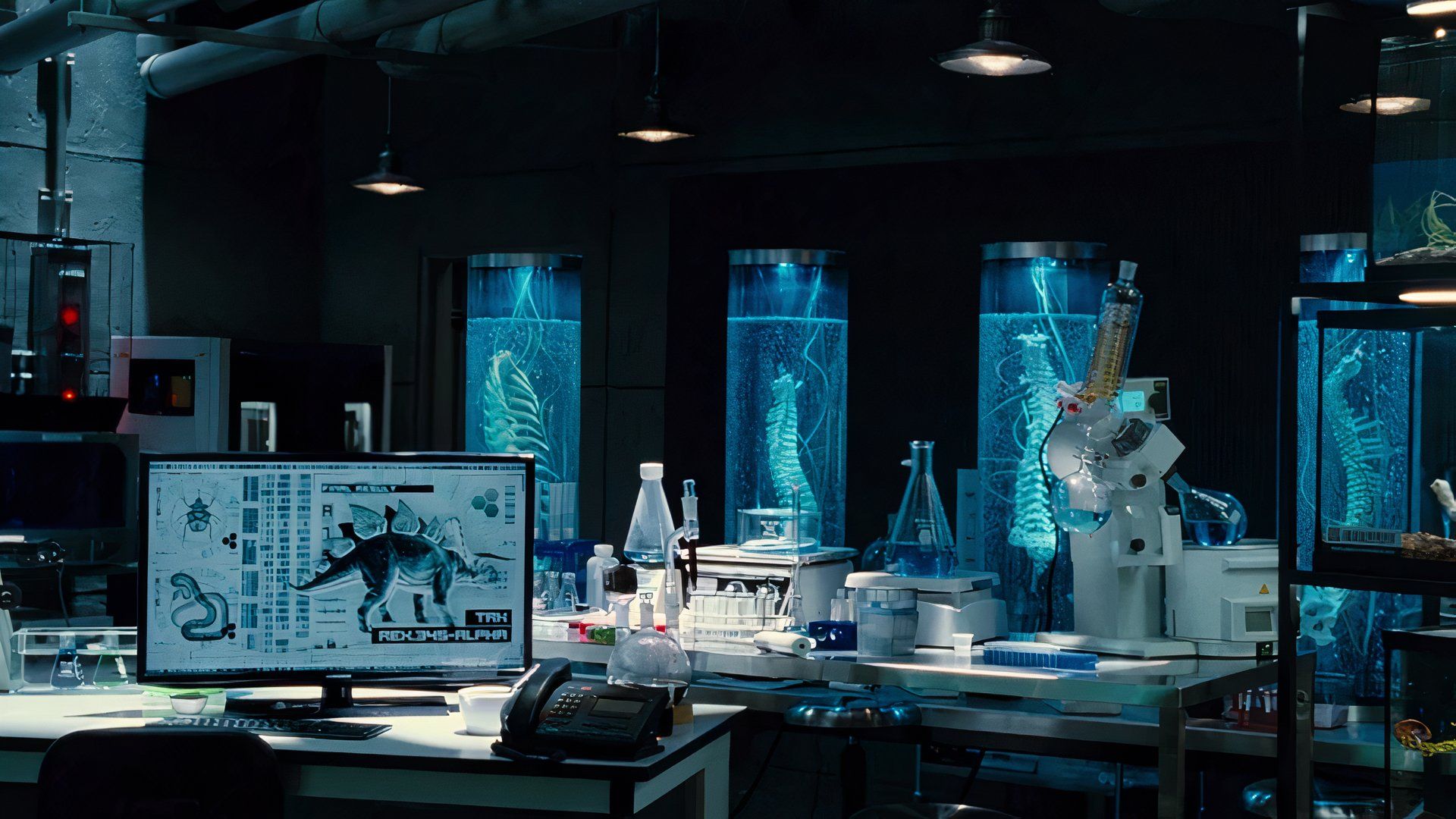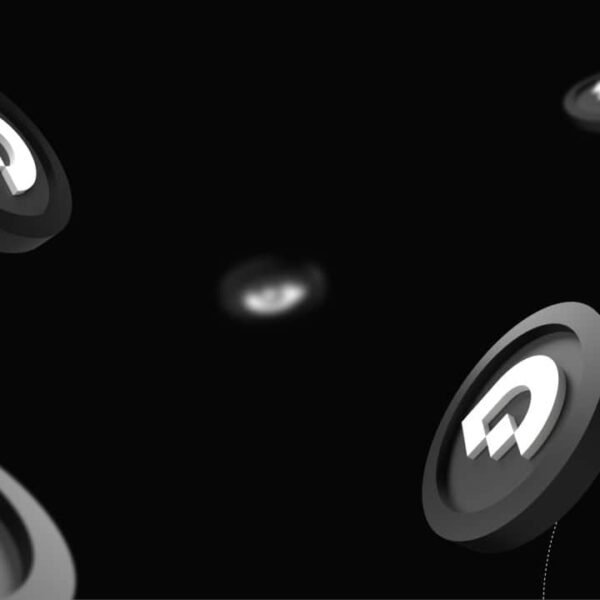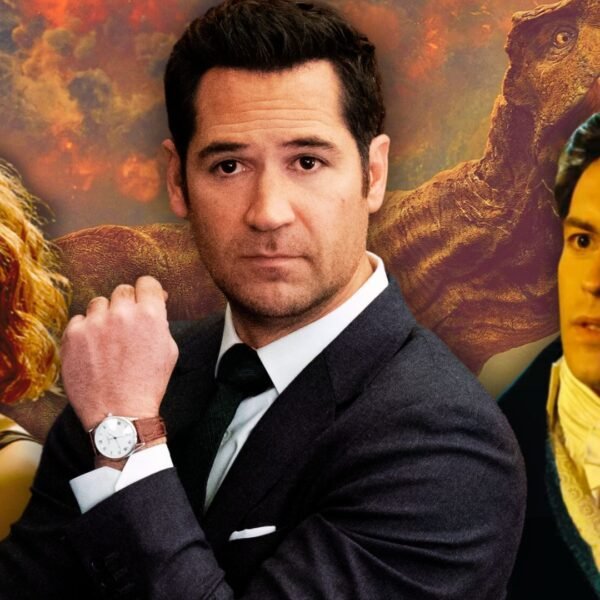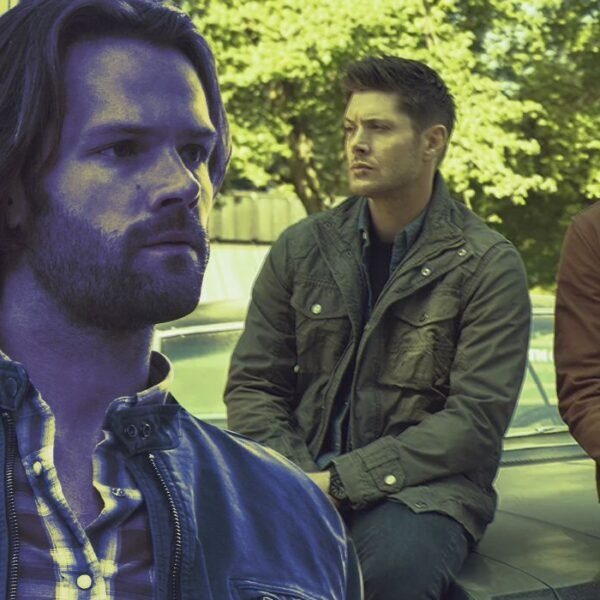Jurassic Park is so much more than a grand adventure film; it’s a cinematic masterpiece. Director Steven Spielberg brought dinosaurs back to life through a mix of animatronics and digital effects. The combination created visuals that feel more real than the CGI in modern movies. Across the globe, audiences turned out to visit Jurassic Park and look at dinosaurs for the first time.
The film was a massive success and grossed nearly a billion dollars, an unfathomable box office number back in 1993. The film’s tremendous success birthed a franchise that’s pumped out six sequels, with a new film reportedly slated for a 2025 release. Although none of the sequels even come close to capturing the original film’s magic, Jurassic Park is a beloved and popular franchise that continues to attract viewers and rake in billions of dollars.
Although numerous paleontologists and scientific minds were consulted during filming, the Jurassic Park franchise does take creative liberties with its dinosaurs. Some of them are entirely fictional, manufactured by Hollywood rather than by nature. Others are real dinosaurs but were portrayed inaccurately. Let’s journey through both Jurassic Park and Jurassic World and take a look at some of the most fictitious dinosaurs in the franchise.
9 Brachiosaurus
Brachiosaurus is the first dinosaur we encounter in Jurassic Park. Or at least, the first dinosaur that we really get a good look at. The main characters’ astonishment mirrors our own when we see these dinosaurs walking the Earth to the tune of John William’s iconic score.
“How did you do this?” mutters Alan Grant (Sam Neill). “I’ll show you,” John Hammond (Richard Attenborough) whispers back. It’s an awe-inspiring moment. But not even movie magic could hide the creative liberties in this scene from dinosaur enthusiasts.
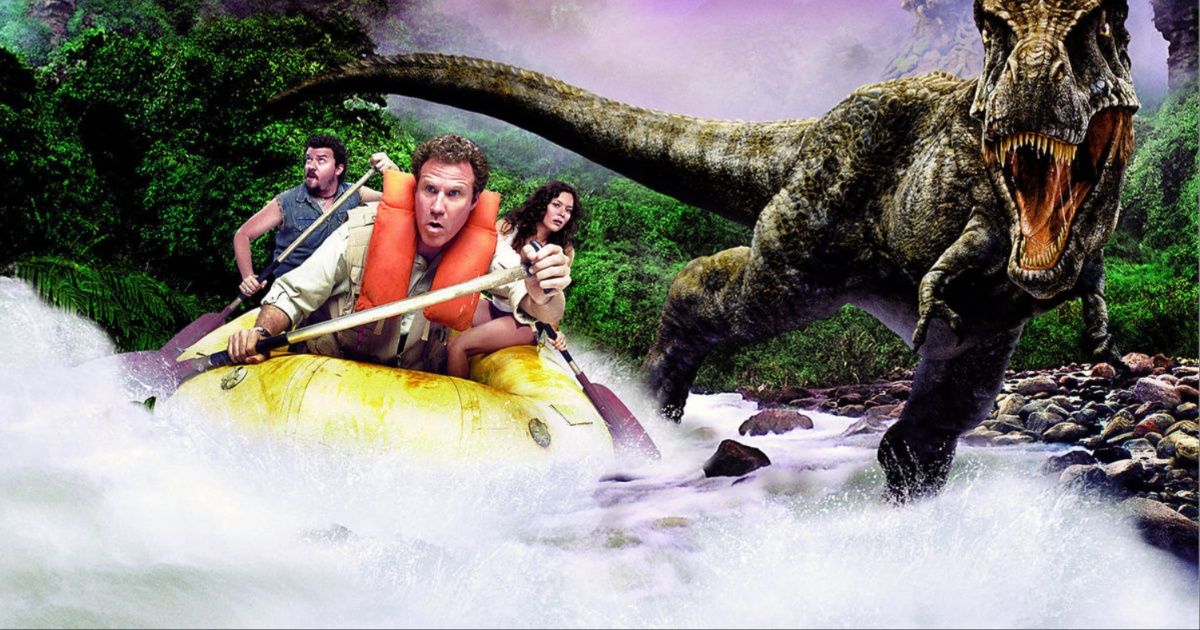
Related
10 Live Action Movies With Dinosaurs That Aren’t Jurassic Park
The Jurassic franchise has more or less cornered the dinosaur movie market, but there are other, lesser-known, live-action dino adventures.
Evidence suggests that a real Brachiosaurus wouldn’t have been able to make the vocalizations that we hear throughout the film. Oh, and remember when Brachiosaurus stands on its hind legs to reach the higher branches of a tree? Amazing moment, right? Well, apparently, it’s something that can only exist in the movies.
Due to its tremendous size and weight, a real Brachiosaurus wouldn’t have been able to stand on its hind legs like that. It also didn’t chew its food and wouldn’t have been able to run like we see in the later sequel, Jurassic World: Fallen Kingdom.
8 Stegosaurus
The popular Stegosaurus made its debut in the second film, Lost World: Jurassic Park. But this spiky badass didn’t come without its scientific inaccuracies. The film version is shown to be much larger, which is a common problem in the Jurassic Park franchise.
A real-life Stegosaurus only grew to 30 feet, not to the 40 feet that we see in the movies. It also didn’t have such a stocky, compact build, elephant-like feet, or such a short neck. Evidence also suggests that Stegosaurus didn’t drag its tail along the ground, like in Jurassic World. And because its front legs were shorter than its hind legs, this dinosaur likely couldn’t run as depicted in Jurassic World: Fallen Kingdom.
7 Tyrannosaurus rex
Few monsters are as terrifying as the Tyrannosaurusrex from the Jurassic Park franchise. It’s the antagonist of the Jurassic Park franchise but also sometimes its hero. The shot of the massive T. rex stepping out of its confines and unleashing a spine-tingling roar, unveiling itself for the first time, is as frightening as it is iconic.
Its thundering footsteps, coupled with those famous shots of rippling water, build up the anticipation around the dinosaur’s arrival, turning the T. rex into something out of a horror movie. The T. rex is by far the most famous dinosaur — but its depiction in the films isn’t scientifically accurate.
The first movie keeps telling us that the T. rex has poor vision, but studies of the dinosaur’s skull suggest that it actually had very keen eyesight. The T. rex also had a compressed snout and smaller head in real life, unlike its Hollywood counterpart, which had a broader head.
The real-life T. rex also didn’t have a flexible tail and couldn’t run at the staggering speeds that we see in the movies, thanks to the dinosaur’s tremendous size. Oh, and that iconic, spine-tingling roar we mentioned earlier? Fossilized evidence suggests that the T. rex wasn’t capable of producing such a sound.
6 Spinosaurus
By the time Jurassic Park III rolled around, producers were looking for a new, fearsome dinosaur that could rival the T. rex and keep things interesting for audiences. What they landed on was Spinosaurus. In the film, Spinosaurus is depicted as a vicious carnivore and becomes the island’s apex predator after killing the T. rex. But in reality, this never would’ve happened.
Spinosaurus’ long snout indicates that it primarily hunted in the water and ate mostly fish. This dinosaur also had narrower jaws, a smoother, more rectangular sail, and shorter legs and arms. The real-life Spinosaurus doesn’t look anywhere near as monstrous as its Hollywood counterpart.
5 Velociprator
Velociprator is another frightful antagonist from the Jurassic Park films, though they’re depicted more positively in the Jurassic World series. They’re also depicted inaccurately. Velociprators were significantly smaller than in the movies and were covered in feathers, not scales. Even their head shape in the movies is wrong and resembles a Deinonychus more than a Velociprator.
The films also portray these dinosaurs as pack hunters, though there’s no evidence to support this. And although they were supposedly intelligent, Velociprators did not possess the high level of intelligence that we see in the films.
4 Dilophosaurus
If you’re a fan of the original Jurassic Park, then you’ll definitely remember the Dilophosaurus. Don’t let its small size fool you, like it fooled Dennis Nedry (Wayne Knight). These little buggers are vicious beasts capable of spitting venom — except they’re really not. In a surprising twist, the Dilophosaurus is larger, not smaller, than its Hollywood counterpart.
The filmmakers shrunk its size in order to avoid confusion with the Velociprator. Its vocal sounds, that alarming frill, that nasty, black venom — all of them are fictitious and were added for dramatic effect. But honestly, we’re OK with it. The scene where the Dilophosaurus shockingly expands its frills and spits out venom is one of the most startling and memorable moments in Jurassic Park.
3 Indominus rex
After a 14-year hiatus, the franchise returned with a new movie, Jurassic World. This sequel put a fresh, much-needed spin on the franchise and brought John Hammond’s dream to life: Jurassic Park, now dubbed Jurassic World, was finally open to the public. For the first time, we’re invited into the fully functional theme park, oohing and aahing with the thousands of visitors on screen. Jurassic World introduced dinosaurs that we had never seen before, but that still wasn’t enough.
The park had to go a step further and create an entirely fictional dinosaur, a genetically engineered creation. As Jurassic World’s operations manager Claire Dearing (Bryce Dallas Howard) tells us, “The park needs a new attraction every few years in order to reinvigorate the public’s interest.” This quote also seems to apply to the franchise itself; each sequel seems eager to introduce a bigger and scarier dinosaur to up the ante from the previous film.
Enter Indominus rex. It’s a large and monstrous predator that was birthed from the DNA of various dinosaurs, including Tyrannosaurus rex, Velociprator for its higher intelligence, Giganotosaurus for its large size, and Therizinosaurus for its long forearms. This dinosaur can also mask its heat signature and camouflage itself.
2 Stegoceratops
Don’t recognize the Stegoceratops from Jurassic World? Well, that would make sense, since the dinosaur was never shown on screen. The Stegoceratops is an intriguing combination of two popular herbivores. Here, science (or in this case, Hollywood) places the head, frill, and horns of a Triceratops onto the armored body of a Stegosaurus. This genetic creation was meant to appear in the movie and was even manufactured into a toy. But Stegoceratops was cut from the film, as there were concerns that its presence would take away from the uniqueness of Indominus rex. What a shame; it would’ve been epic to see these two genetic creations going at it. We are offered a glimpse of Stegoceratops, however, on the screen of a computer.
1 Indoraptor
After the Indominus rex, the Jurassic World sequel, Fallen Kingdom, needed to once again up the ante and introduce a new, fearsome dinosaur. What we got was the Indoraptor. It’s basically a smaller version of Indominus rex, except it shares more traits with Velociprator. Like its predecessor, the Indoraptor exhibits violent and sadistic behavior.
But unlike the Indominus rex, this dinosaur was engineered as a weapon that would be auctioned off to the highest bidder. It was the last purely fictional dinosaur to appear in the Jurassic World franchise.




